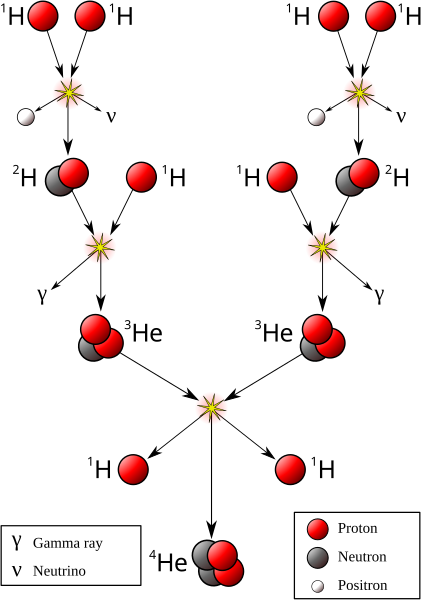Today in the NY Times there’s an article about NASA’s new Solar Dynamics Observatory. Check out this amazing video of the sun in action.
The sun was on my mind today anyway, it being so nice and cloudless outside. But days like today also cause me anxiety. I’m a fair-haired sunburn-prone type, and my dad died from skin cancer, a combination of Scandinavian genes and long hours as a young guy on a ladder helping Grandpa paint houses, plus many more hours on boats and beaches with no sunblock. I stick to the shade, wear hats and generally play it very safe, but still, I feel some dread about the amount of radiation I’m getting from the great thermonuclear reactor in the sky.
My dread does have an upside. It’s fueled a lot of fascination. The sun is a bottomless source of interest if you’re a science geek like me. They tell you in ninth grade biology that all life on earth is powered by the sun. Technically, this isn’t true, since there are those cool little ecosystems living around undersea volcanos that are powered by nuclear reactions in the Earth’s core. But the sun is the prime mover for you and me and all the organisms we interact with. The sun also powers all of our technology, since we’re burning fossilized plants for fuel. You can think of coal, oil and natural gas as a conveniently stable and portable form of sunlight.
I’ve known for as long as I can remember that the sun makes all of its energy from fusing hydrogen into helium, but it was only in the past few years that I tried to figure out what that actually means. Here on Earth, hydrogen molecules repel each other like the north ends of little magnets. The sun is so big that its gravity smacks the hydrogen molecules into each other hard enough to tear them apart into their constituent protons and electrons. In the center of the sun, the protons get jammed into each other so hard that they can come within the tiny range of the nuclear forces. This is when the really weird and exciting physics happens.
Inside each proton are two up quarks and a down quark. When the protons come close enough together, the weak nuclear force can come into play, transforming one of the up quarks into a down quark. This reaction makes the proton turn into a neutron, spitting out a positron and a neutrino in the process.
The positron is the antimatter counterpart to the electron. It quickly seeks out the closest electron in an electromagnetic death spiral that annihilates both particles and creating a pair of very high energy photons. These photons bounce from atom to atom in the sun, being absorbed and re-emitted, until they finally make their way to the surface and zip off into space. I would have naively guessed this ping-ponging around to take a few seconds or minutes, but NASA says that it can take anywhere from a hundred thousand to fifty million years for a photon to get from the core to the surface.
Meanwhile, the newly made neutrons combine with protons to make helium, a much more stable atom than hydrogen. The sun isn’t big enough to fuse helium, so once it runs out of hydrogen, it’ll burn out. The good news is that there’s about five billion years worth of hydrogen left. The bad news is that as it runs out of juice, the sun will get bigger and hotter until it vaporizes the Earth. So, clock’s ticking.
If burning fossilized plankton and ferns is stored fusion power, why can’t we just cut out the middleman? Why don’t our cars run on the fusion of hydrogen into helium? There’s plenty of hydrogen in the planet’s water, and helium is as harmless a waste product as you could ask for. The problem is that it takes a high temperature and/or ridiculously extreme pressure to make atomic nuclei overcome their mutual electromagnetic repulsion and get the nuclear forces doing their thing. Driving around with a tank full of gasoline is dangerous enough; imagine driving around with a reactor whose interior is at ten million degrees. So we shouldn’t be holding our breath for fusion-powered cars.
The sun converts four and a quarter million metric tons of matter into energy every second, and science writers are always comparing it a constantly exploding thermonuclear bomb. But pound for pound, the sun turns out not to be all that energetic. At its center, the power production density per cubic foot is about as intense as an iguana’s metabolism, or the chemical reactions in an active compost heap. The sun is pumping out so much juice because of its humungous size.
Okay, enough science. Here’s an awesome duet version of the George Harrison song that he played with Paul Simon on Saturday Night Live:
Nina Simone did a nice version too. Here’s a cool electronica remix:
Seriously, people, wear that sunblock.


